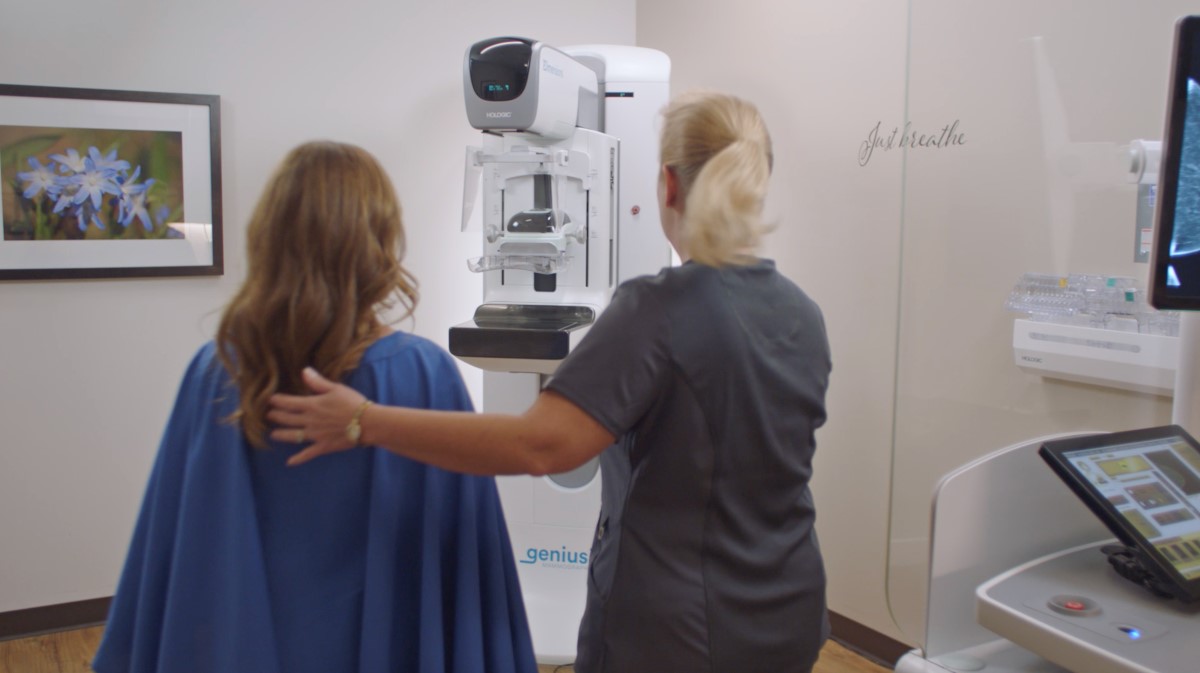The Case for Early Detection

Despite the latest advancements in imaging technology and cancer treatment, more than 45,000 women annually succumb to breast cancer. In 2019 alone, an estimated 268,600 new cases of invasive breast cancer are expected to be diagnosed in women in the U.S.1 The clinical imperative in mammography is to find cancers via the screening environment, preferably at stage 0 or stage 1. This is both the key to saving lives – cancers found at the earliest stages are almost 100% curable – and to preserving the quality of life, as early detection offers a greater number of treatment options that are less invasive, less costly and less disruptive to the patient.
The Efficacy of the Annual Mammogram
There is no other cancer screening test in medicine as effective as mammography; not for colon, lung, prostate or cervical cancers. In fact, none of these tests have the time-proven, supportive clinical evidence validating mortality reduction.
Recent studies have confirmed the significant difference in the number of lives saved by annual versus biennial screening. These studies note a nearly 40% mortality reduction with annual screening versus a 23% reduction in the biennial patient subgroups.2
At Solis Mammography, we have standardized our care model around evidence-based protocols which recommend annual screenings beginning at age 40. We remain anchored to the belief that breast cancer is not preventable, but it is curable if detected early. We know that one out of every six breast cancers are diagnosed in women between the age of 40 and 49.3 Furthermore, this subset of cancers tend to be much more aggressive and have a higher incidence of recurrence. The evidence validates that no woman in her 40s should be left out of the early detection conversation.
Understanding Risk Factors for Breast Cancer
High-risk assessment is multi-factorial and is not just based on understanding family history. Approximately 80% of all breast cancers are not genetically based nor do they have a familial predisposition. For example, risk is also associated with the density of breast tissue. As radiologists, every time we interpret a mammogram, we classify breast density into grade A, B, C or D; the latter two designations are considered higher density patients. Research has shown that these patients are in the same tier of lifetime risk as if they had a first degree relative diagnosed with breast cancer.
Dense breast tissue is common – about 40% of women over the age of 40 who get mammograms are classified as such.4 These patients should monitor breast changes from year to year and get supplemental ultrasound screenings if necessary.
The Impact of Technology on Compliance
In the last decade, cutting-edge technology has enabled breast-dedicated radiologists to become very good at detecting small, early-stage breast cancers in the screening environment. The game-changing comfort of SmartCurve and the accuracy of 3D mammography have removed many of the barriers to compliance and early diagnosis, shepherding in an improved patient experience and continued advancement in reducing the number of women who receive a later-stage diagnosis of breast cancer.
At Solis Mammography we have standardized our care model around evidence-based protocols which recommend annual screenings at age 40, We remain anchored in the belief that breast cancer is not preventable, but it is curable if detected early.
SOURCES
1 “U.S. Breast Cancer Statistics.” Breastcancer.org, 13 Feb. 2019, www.breastcancer.org/.
2 Arleo, Elizabeth Kagan, et al. “Comparison of Recommendations for Screening Mammography Using CISNET Models.” Cancer, vol. 123, no. 19, 2017, pp. 3673-3680., doi:10.1002/cncr.30842.
3 “What Every Woman Should Know about Mammography.” What Every Woman Should Know about Mammography Screening, Society of Breast Imaging, 2019, sbi-online.org.
4 “Dense Breasts: Answers to Commonly Asked Questions.” National Cancer Institute, NIH, 7 Sept. 2018, www.cancer.gov/types/breast/breast-changes/dense-breasts.